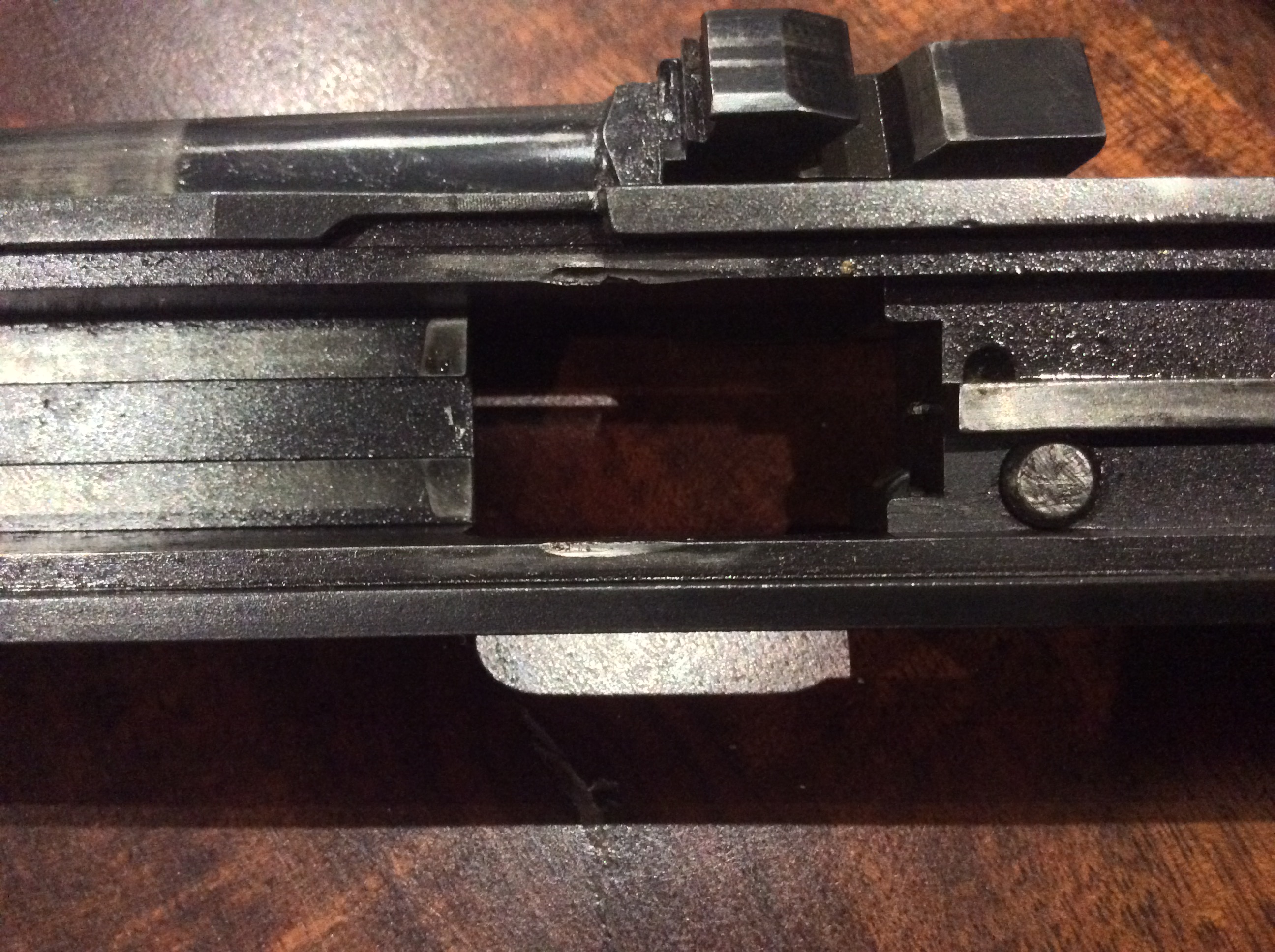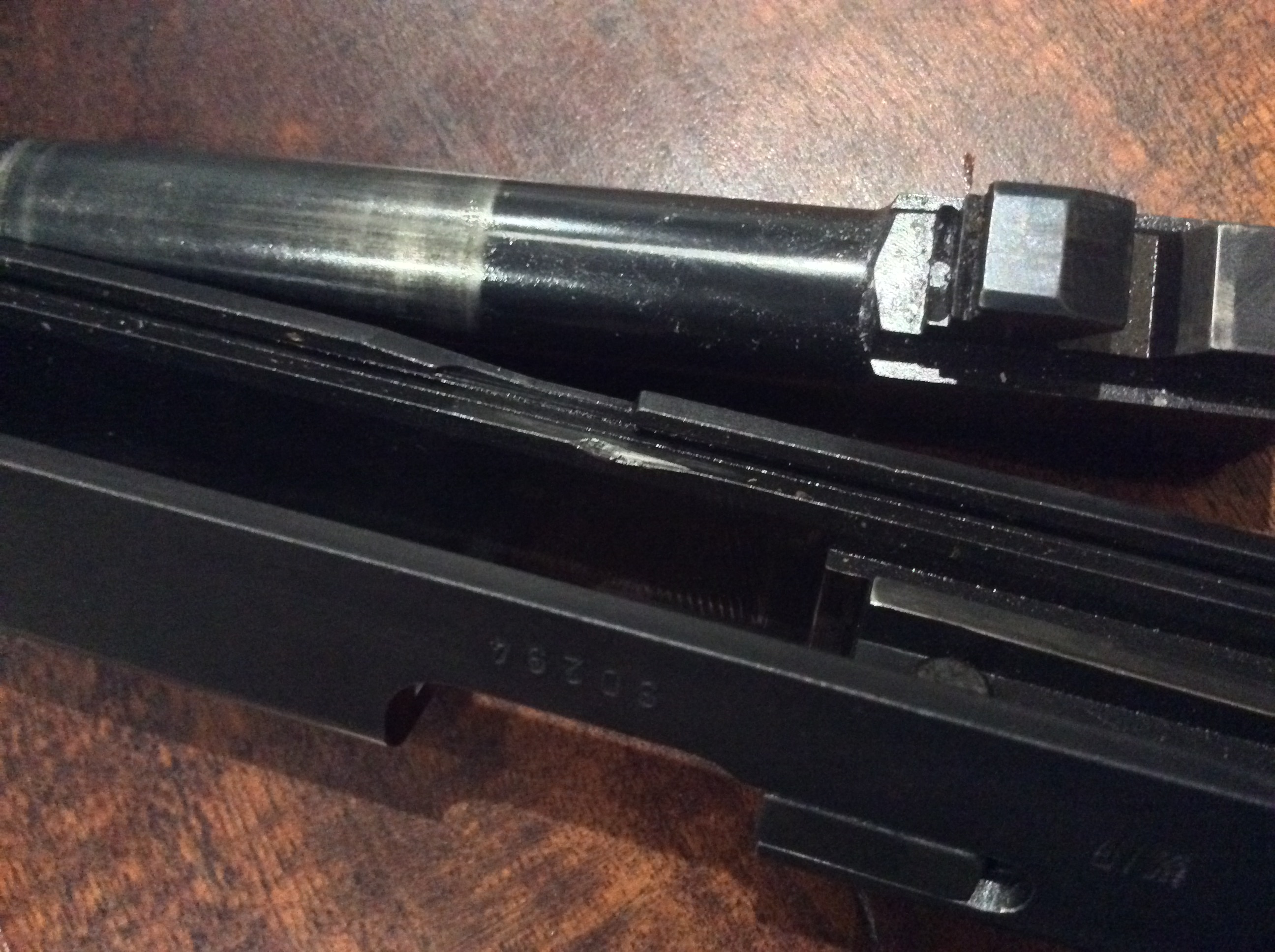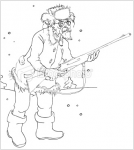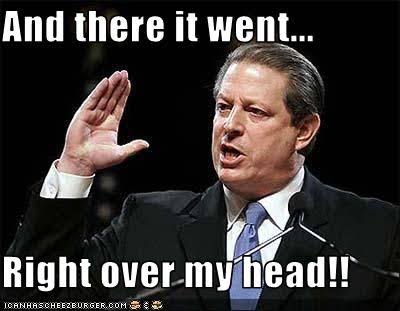Hey just wondering should I bulge bust my 40SW brass, and yes itís for the glorious glockIíve read that I should not do it for my glock, gen two frame with gen 3 barrel.
Thoughts?
Welcome guest, is this your first visit? Create Account now to join.
Welcome to the NZ Hunting and Shooting Forums.
Search Forums
User Tag List
+ Reply to Thread
Results 1 to 15 of 27
Thread: Bulge buster 40SW
-
08-06-2018, 01:52 AM #1
Bulge buster 40SW
-
-
08-06-2018, 12:55 PM #2Member

- Join Date
- Jan 2013
- Location
- Citizen of New Woke-istan
- Posts
- 89
My own 0.02c
Don't reload 40 S&W and use in a factory Glock barrel, it doesn't provide enough support to the case. Plenty of photos on the internet of glocks and exploded cases in .40 S&W.
I use a G23 for IPSC, which has a Lone Wolf barrel in it which provides more support than a factory barrel. I always bulge bust my brass for it and also when I had an STI. Haven't had any issues yet but always visually inspect my sized, bulge busted brass before loading it.
Again this is just my 0.02c
-
08-06-2018, 12:59 PM #3Member

- Join Date
- Jun 2015
- Location
- christchurch
- Posts
- 18,528
-
09-06-2018, 04:05 AM #4
I appreciate that early glocks had issues around not having enough support around the base of the case, But I am curious to know whether or not they addressed this issue and later barrels, as surely they would have addressed this problem? I have purchased about 500 cases and have noticed some of them have obvious bulges, however after Inspecting the cases fired from my glock I have not noticed any with bulges, however these have only been visual inspections. I know the barrel I have in my Glock 22 is not the original barrel and from what I was told it was from a gen three.
I appreciate that just by resizing my brass it will bring back the case to Near original size, which in itself will slightly stress the brass, how much extra would using a bulge buster increase that stress? Another silly question would be how much of an issue would be if I annealed the brass, admittedly a massive pain in the arse!
The only reason I bring up the annealing process is because I am noticing a massive variance in velocity I am achieving when I have run my load development over a chronograph, the only variation is the manufacturer of the brass, I am using a Dillon 550 press and have experienced some quite big variations in feet per second, and was wondering if this is a problem with using old brass that has been fired a number of times and that it has lost its neck tension? If that make sense.
-
09-06-2018, 10:29 AM #5
Interesting. How much velocity variation are you seeing?
Have you done a comparison of a batch of new brass vs old to see if there is a consistent velocity difference?
I basically load a batch of 500 that I only use for practice. I just keep loading it until I get a split case or some other issue. I find a case that I can no longer read the headstamp clearly, will generally split or no longer pass a drop test in the next few loads, so I biff them.
I only load newish brass for competition and ensure that is running at PF during the winter. In turn knowing I will be above PF when most comps are scheduled during the warmer months. I still chrono to be safe and it is always higher than PF.
Might have to chromo my practice stuff to see if there is a major difference.
Might be a glock thing tho?
Sent from my SM-G965F using TapatalkDo what ya want! Ya will anyway.
-
09-06-2018, 02:34 PM #6
Ok i need to preface what i have done, also ive been reloading for a wee while now. Ive shot FTR and am well aware of case volumes and neck tension, turning etc etc, ive even marked cases in the past at the 12 o'clock position on the base of the case to ensure the round was chambered in the same place ever shot, i even weighed cases bla bla.......
the cases im shooting in the 40SW glock are of a mixed assortment of manufacturing, i also am shooting 9mm BUT these are all once fired Speer cases, this is whats giving me a control group and have a smaller variance i.e
9mm String using ADI AP70N Dillion press
1045
1070
1049
1035
1070
1051
1048
my 40SW using ADI AP70N Dillion press
879
849
742
837
737
838
857
722
852
858
737
thought ok lets negate the press powder measure and dusted off the handy dandy RCBS Charge Master Combo, set it up left it for 30 mins and then calibrated. as i was after Major PF i went with the following loads
5 5.1 5.2
933 891 error
874 930 914
865 857 943
860 927 934
895 857 917
930
(having issues lining up the above but 930 is in the middle string at 5.1)
now as i have just sat down and done the maths, first two loads have a variance of 73fps which is interesting and the last 29, yes a shorter string with the last load but still makes me wonder a couple of things
my OAL is off the top of my head is 1.140 and this was done to reduce freeborn to rifling, and i assumed that in doing so would have reduced velocity and pressure, so has my reduction in case volume by increasing the powder charge "stabilised" the detonation of the powder and in turn given a better consistent FPS?
the pain in the butt is my preferred most accurate load is 4.9 and as you can imagine isn't within a bull roar of the PF im after!
actually after sitting down and writing this i think ive negated the brass haven't i !!!!!!!
so.......as im just going baby steps, do i retest with an OAL of 1.130, Then possibly a gentle increase of crimp.........or stop being a tight prick and get a different powder? and yes Bill if your reading this I KNOW
-
10-06-2018, 07:21 PM #7
@R93
This the wear I noticed at the time the rod snapped!


-
10-06-2018, 08:22 PM #8
To me that looks like damage from the slide hitting the mag lips. Or vise versa.
Worn mag catch or worn mag catch slots in magazine allowing mag to be seated higher than normal. Smashing mag into gun when slide locked back.
Could be wrong as you would normally see where the mag has hit the slide further back from speed reloads.
Edit: Just looked at a gen 4 19 I hide at the back of my safe.
I can't see how a mag would do that damage as on the 19 it is only plastic parts of the mag that could contact that area.
Sent from my SM-G965F using TapatalkLast edited by R93; 10-06-2018 at 08:30 PM.
Do what ya want! Ya will anyway.
-
10-06-2018, 08:32 PM #9OPCz


- Join Date
- Jun 2012
- Location
- Nor West of Auckland on the true right of the Kaipara River
- Posts
- 34,651
OK educate an old fart. PF = ?
It takes 43 muscle's to frown and 17 to smile, but only 3 for proper trigger pull.
What more do we need? If we are above ground and breathing the rest is up to us!
Rule 1: Treat every firearm as loaded
Rule 2: Always point firearms in a safe direction
Rule 3: Load a firearm only when ready to fire
Rule 4: Identify your target beyond all doubt
Rule 5: Check your firing zone
Rule 6: Store firearms and ammunition safely
Rule 7: Avoid alcohol and drugs when handling firearms
-
10-06-2018, 08:39 PM #10
-
10-06-2018, 08:44 PM #11OPCz


- Join Date
- Jun 2012
- Location
- Nor West of Auckland on the true right of the Kaipara River
- Posts
- 34,651
It takes 43 muscle's to frown and 17 to smile, but only 3 for proper trigger pull.
What more do we need? If we are above ground and breathing the rest is up to us!
Rule 1: Treat every firearm as loaded
Rule 2: Always point firearms in a safe direction
Rule 3: Load a firearm only when ready to fire
Rule 4: Identify your target beyond all doubt
Rule 5: Check your firing zone
Rule 6: Store firearms and ammunition safely
Rule 7: Avoid alcohol and drugs when handling firearms
-
10-06-2018, 08:56 PM #12
-
10-06-2018, 09:08 PM #13OPCz


- Join Date
- Jun 2012
- Location
- Nor West of Auckland on the true right of the Kaipara River
- Posts
- 34,651
Ok thanks. Just like most of my time at school
 It takes 43 muscle's to frown and 17 to smile, but only 3 for proper trigger pull.
It takes 43 muscle's to frown and 17 to smile, but only 3 for proper trigger pull.
What more do we need? If we are above ground and breathing the rest is up to us!
Rule 1: Treat every firearm as loaded
Rule 2: Always point firearms in a safe direction
Rule 3: Load a firearm only when ready to fire
Rule 4: Identify your target beyond all doubt
Rule 5: Check your firing zone
Rule 6: Store firearms and ammunition safely
Rule 7: Avoid alcohol and drugs when handling firearms
-
10-06-2018, 09:16 PM #14
-
10-06-2018, 09:18 PM #15
Similar Threads
-
Marriage Buster 101
By Tahr in forum HuntingReplies: 20Last Post: 25-04-2014, 11:26 AM
Tags for this Thread
Welcome to NZ Hunting and Shooting Forums! We see you're new here, or arn't logged in. Create an account, and Login for full access including our FREE BUY and SELL section Register NOW!!





 4Likes
4Likes LinkBack URL
LinkBack URL About LinkBacks
About LinkBacks



 Reply With Quote
Reply With Quote



Bookmarks